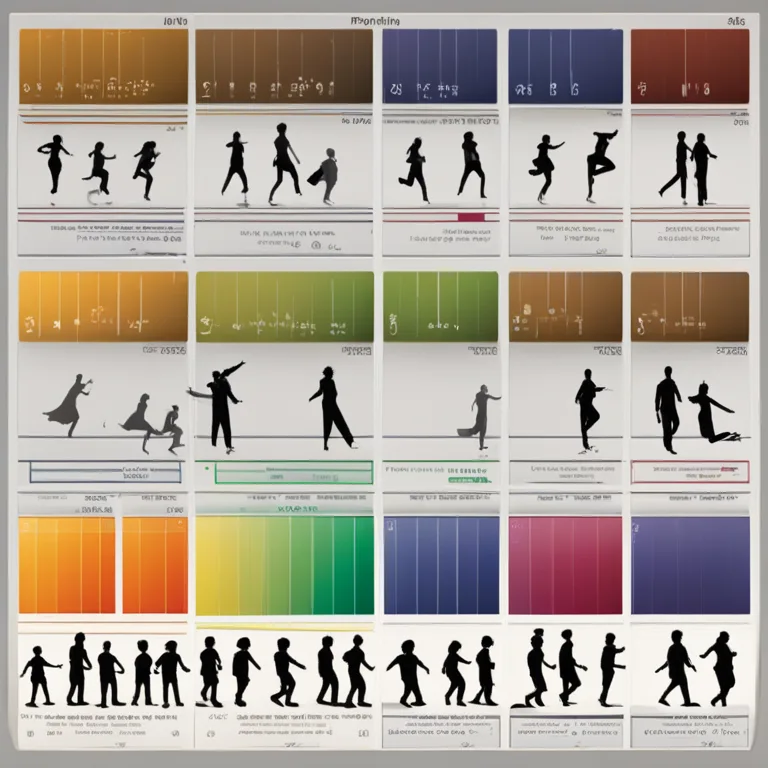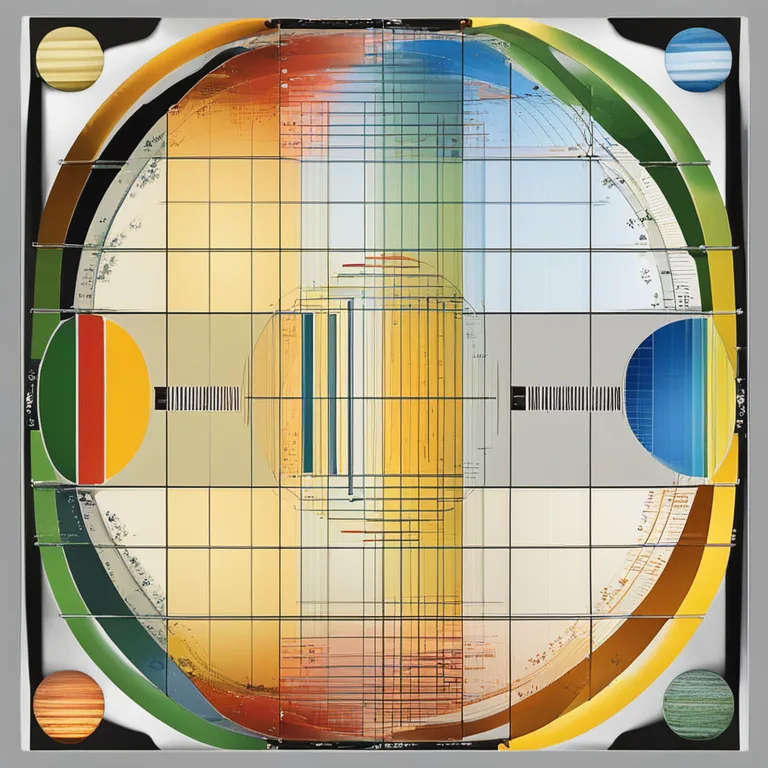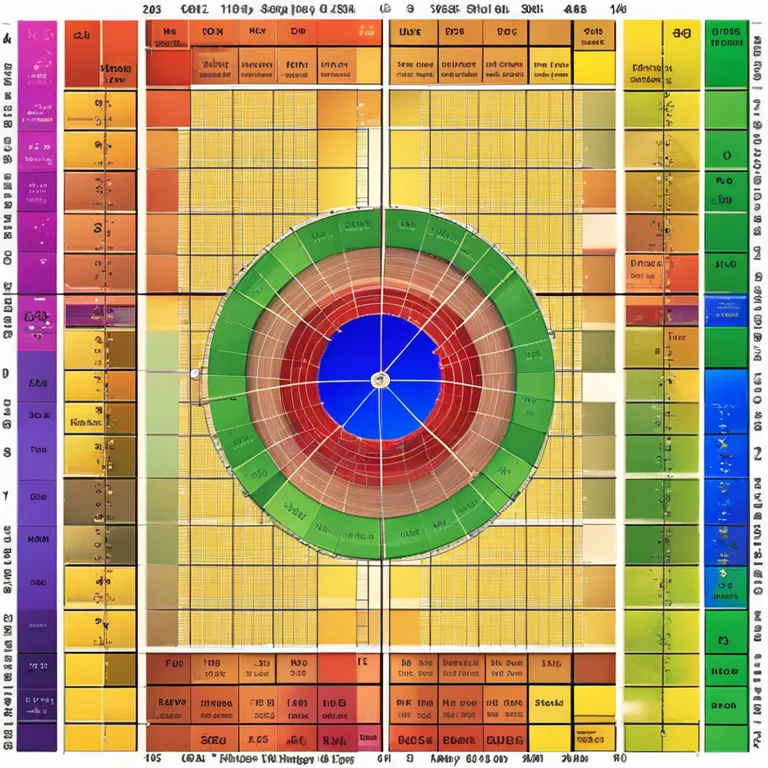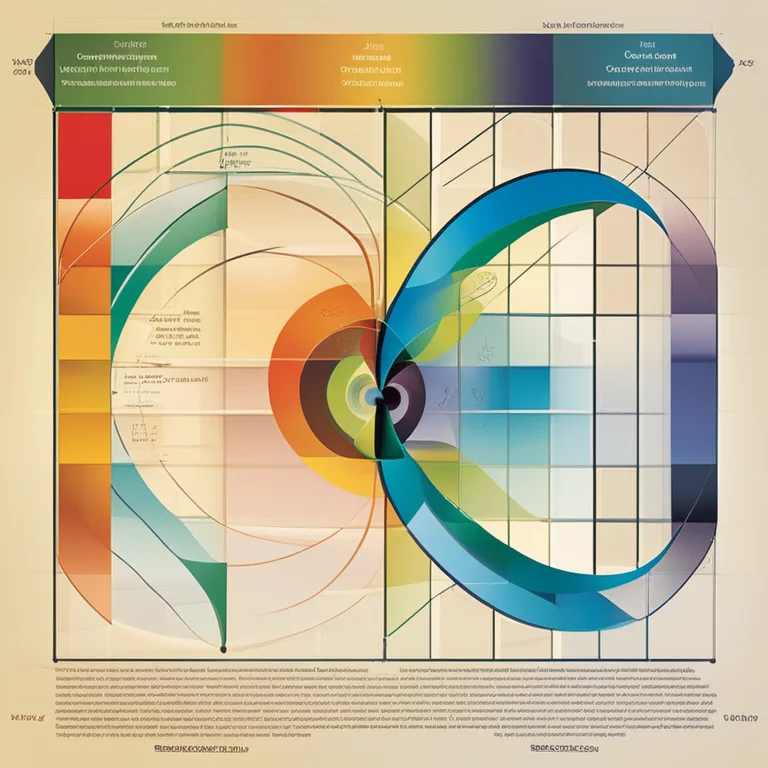
The Synergy of Cycles: Biorhythm Compatibility Chart
Discover how biorhythm compatibility charts can offer insights into personal relationships and emotional synchronicity.
article by Adrian Wallace
Introduction to Biorhythms
Curious about how your biological rhythms align with those of others? Biorhythms theory proposes that our lives are influenced by biological cycles that affect our physical, emotional, and intellectual well-being. These cycles start at birth and oscillate in predictable patterns throughout our lives. Understanding your biorhythmic patterns – and how they match up with those of the people around you – can provide fascinating insights into personal compatibility and potential challenges within relationships.

Biorhythmic Cycles and Compatibility
Every individual experiences three primary biorhythmic cycles: the Physical (23-day cycle), the Emotional (28-day cycle), and the Intellectual (33-day cycle). Analyzing the interplay between your cycles and those of others can help determine potential harmony or discord. Compatibility charts graph these cycles side by side, highlighting periods of synchronization and opposition. This information is often sought by couples or teammates looking to enhance their understanding of each other and foster stronger connections.

Creating a Biorhythm Chart
To construct a biorhythm compatibility chart, you'll need the birth dates of the individuals involved. With personal data entered into sophisticated algorithms, these charts are now more accessible than ever, especially with the advent of specialized online platforms and mobile apps in 2024. These resources analyze the overlapping cycles, often providing a visual representation of the degree to which individuals' cycles match up, offering daily, weekly, or even monthly insights.

Interpreting Compatibility Indicators
In the realm of biorhythms, compatibility is indicated by the alignment of cycles. When two people's cycles are in phase, they are more likely to experience periods of increased understanding and synergistic energy. Conversely, cycles that are out of phase might lead to a period of misalignment or relationship challenges. It's important to note that compatibility is multifaceted, and while biorhythms can provide intriguing insights, they are just one piece of the complex puzzle of human relationships.

Practical Applications of Biorhythm Charts
Biorhythm compatibility charts can serve as valuable tools for collaboration and teamwork. By anticipating periods of high and low compatibility, coworkers can schedule important project milestones or address potential conflicts proactively. In personal relationships, understanding one's biorhythmic compatibility may assist in nurturing empathy and patience, paving the way for more harmonious interactions during times of potential stress.
Modern Biorhythms: Advancements and Skepticism
With increasing interest in holistic well-being, biorhythm theory has gained momentum in recent years. Advancements in technology have enabled more nuanced and personalized reports, merging data analytics with human behavior patterns. Yet, it's essential to approach biorhythms with a balanced perspective, acknowledging both their potential benefits and their limitations. While intriguing, biorhythms are not scientifically proven and should not serve as a sole determinant of behavior or decisions.
Conclusion: A Tool for Self-Discovery
While the science behind biorhythms remains a topic for debate, many find value in using biorhythm compatibility charts as tools for self-discovery and personal growth. Like many facets of astrology and palmistry, they offer a unique lens through which we can view our relationships and daily interactions. Whether for curiosity or deeper insight, biorhythm charts continue to captivate our desire to connect and understand the rhythms that purportedly influence our lives.
Published: 12/28/2023
Modified: 12/28/2023
More predictions
Come back here soon to learn more about yourself and your future


Biorhythm Compatibility: Fact Or Myth?
Explore the concept of biorhythm compatibility to discover if there's a real connection between our biocycles and relationship harmony.


Biorhythms In Humans Explored
Exploring the concept of biorhythms and their influence on human behavior and physical states.


Biorhythm Theory: Fact Or Fallacy?
Explore the fascinating concept of biorhythms to discern if there's any scientific accuracy behind this popular belief.